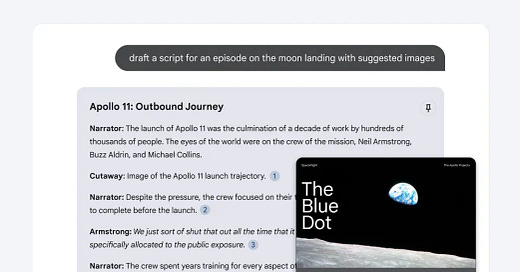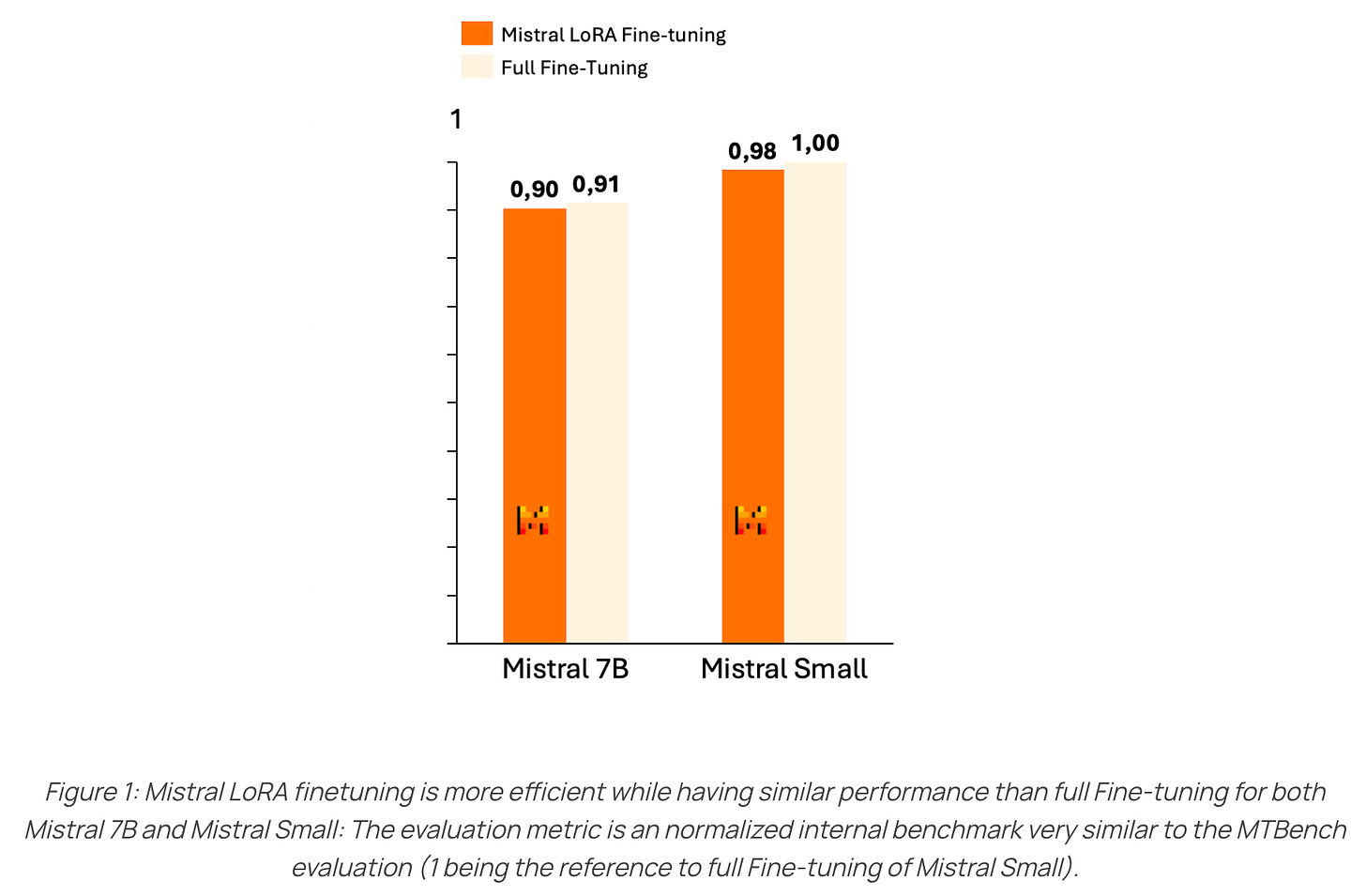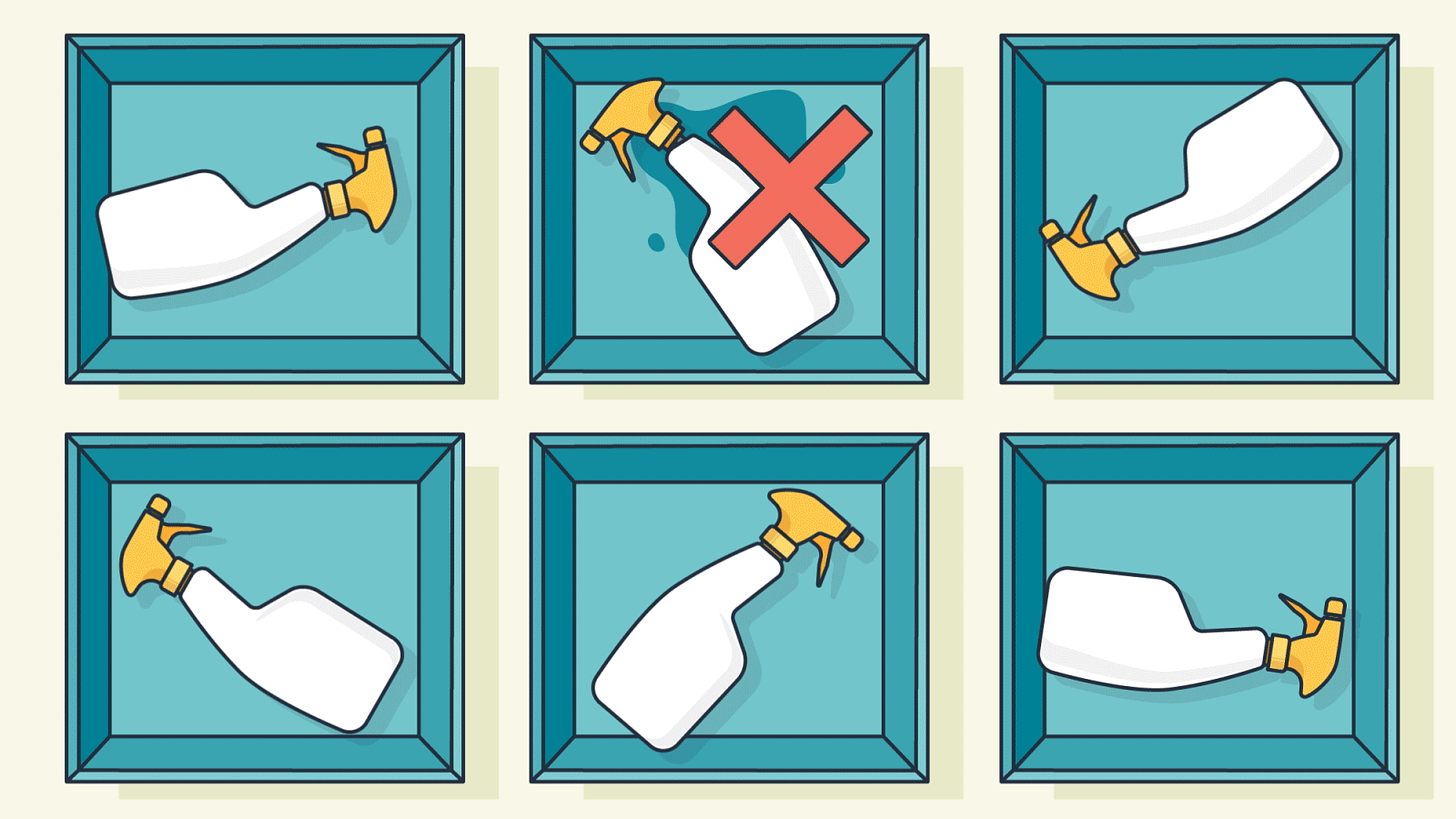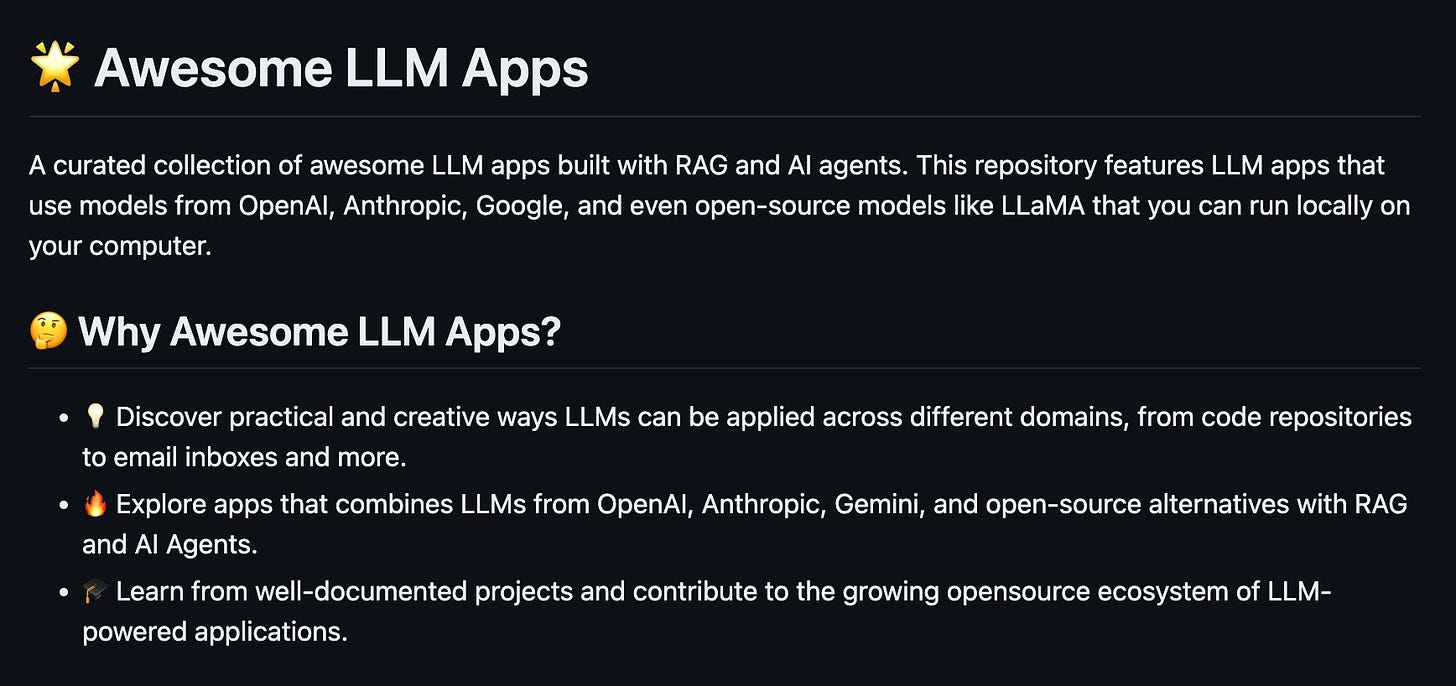Chinese AI Video Generation Model rivals OpenAI Sora
PLUS: Mistral AI's Fine-tuninng API, Meta's AI Translation model for 200+ languages
Today’s top AI Highlights:
Mistral AI launches fine-tuning API and SDK for easy model customization
Meta’s new AI model can translate 200 languages, including many previously neglected
Google’s NotebookLM gets a multimodal makeover along with more features
How Amazon is using AI beyond just customer support function to enhance their experience
Chinese text-to-video model competes with OpenAI’s Sora, available for use!
& so much more!
Read time: 3 mins
Latest Developments 🌍
Fine-Tune Mistral AI Models with New Services 👩🔧
Mistral AI has introduced Mistral fine-tuning API and SDK to customize AI models. This new feature on la Plateforme will let you fine-tune and deploy Mistral AI models efficiently, tailored to specific needs, and reduces the costs associated with large-scale generative AI model customization.
Key Highlights:
Open-source Fine-tuning SDK: The mistral-finetune codebase, based on the LoRA training paradigm, allows developers to fine-tune models on their infrastructure while maintaining memory efficiency and performance.
Serverless Fine-tuning Services: La Plateforme offers serverless fine-tuning services, utilizing advanced techniques and LoRA adapters for efficient model adaptation and serving without the need for extensive infrastructure.
Compatibility and Cost Efficiency: Currently compatible with Mistral 7B and Mistral Small models, these fine-tuning services provide a cost-effective solution for customizing and deploying AI models, with plans to expand compatibility in the near future.
No Language Left Behind by Meta 📚
Meta researchers have developed a groundbreaking new AI model that can translate between 200 languages, including many low-resource languages previously neglected by AI companies. This model “No Language Left Behind” (NLLB-200) significantly expands the reach of AI-powered translation to a wider global audience. It utilizes Mixture of Experts architecture, and achieves a remarkable 44% improvement in translation quality compared to previous state-of-the-art systems.
Key Highlights:
Language Coverage: NLLB-200 supports 200 languages, 3x as many low-resource languages as high-resource ones, effectively doubling the number of languages supported by any previous machine translation system.
Data Mining: The project includes new data mining techniques to effectively gather parallel data for low-resource languages, expanding the training datasets and enabling improved translation quality.
Advanced Architecture: The model employs a sparsely gated MoE architecture, allowing cross-lingual transfer between related languages without increasing interference between unrelated languages. Combined with Expert Output Masking (EOM) regularization, it mitigates overfitting and improves performance for low-resource language pairs.
Evaluation and Open Access: The team also created FLORES-200, a massive multilingual benchmark dataset covering all 200 languages for accurate evaluation of translation quality. The model, data, and evaluation tools have been made freely available for non-commercial use.
Google Powers Up NotebookLM with New Capabilities 💪
Google’s AI-powered notetaking and research platform NotebookLM has received several new features to make it more powerful and versatile. Powered by Gemini 1.5 Pro, NotebookLM can now analyze images, charts, and diagrams in addition to text, give inline citations, and more:
Multimodal Sources: NotebookLM now supports Google Slides and web URLs as sources, in addition to Google Docs, PDFs, and text files, giving you even more options to feed in the platform. Since Gemini 1.5 Pro is multimodal, it can also analyze images, graphs, and charts in these sources.
Inline Citations: It now gives inline citations to sources in its responses for more granular fact-checking. NotebookLM will even include citations to images as supporting evidence when relevant.
AI Overview for Sources: The new Notebook Guide feature gives you a high-level understanding of your sources by generating their summaries, FAQs, briefing docs or study guides. It serves as a good starting point for research.
AI to Spot and Analyze Damaged Products 🕵️
Amazon is using AI to ensure customers receive products in perfect condition. They’ve developed a system “Project P.I.” which stands for “private investigator,” that uses AI to identify defects before products are shipped. This system works like a detective, scanning products for damage, incorrect sizes, or other issues for a better customer experience and reduce returns.
Key Highlights:
Defect detection: Project P.I. uses AI and computer vision to scan products for defects before they are shipped. If a defect is found, the product is isolated, preventing it from reaching the customer. This helps to ensure that customers receive products in the condition they expect.
Root cause analysis: The system goes beyond just identifying defects; it also helps to determine the root cause of the issue. This allows Amazon to take steps to prevent similar problems from happening in the future.
Sustainability and experience: Project P.I. contributes to sustainability efforts by reducing the number of returns. Fewer returns mean less wasted packaging and fewer carbon emissions from transportation. It also helps improve the customer experience by ensuring customers receive high-quality products and reduce the frustration of receiving damaged or defective items.
😍 Enjoying so far, share it with your friends!
Tools of the Trade ⚒️
Kling: A Chinese video generation app from the Kuaishou Big Model Team, that lets you create videos from simple text prompts. It can generate high-quality, realistic videos up to 2 minutes long at 30fps, adhering with real-world physics. When you go to this website, you’ll spot a QR code on the bottom right which you can scan to go to AppStore and download the app.
Prompt: A Chinese boy wearing glasses enjoys a delicious cheeseburger with his eyes closed in a fast food restaurant
Spreadbot: Automate the creation and publishing of high-quality articles for your website. It generates new topics based on your keywords, writes well-structured content, and publishes it automatically, keeping your site updated with minimal effort.
Brex: An AI financial management platform. It lets you automate accounting with AI-generated suggestions and continuous close support, manage spend limits and cards in a unified control center, streamline bill payments while earning rewards, and a lot more.
Awesome LLM Apps: Build awesome LLM apps using RAG for interacting with data sources like GitHub, Gmail, PDFs, and YouTube videos through simple texts. These apps will let you retrieve information, engage in chat, and extract insights directly from content on these platforms.
Hot Takes 🔥
The doomers are winning. They’re way more organized. There hasn’t been this concerted effort around new tech in Washington, with the exception of Sam Bankman-Fried. ~
Bill GurleyAll software will eventually devolve into an AI chat interface with a storage, a crawler and a code execution environment in the background 😳 ~
Bindu Reddy
Meme of the Day 🤡
Last 6 months at OpenAI in a nutshell:
That’s all for today! See you tomorrow with more such AI-filled content.
Real-time AI Updates 🚨
⚡️ Follow me on Twitter @Saboo_Shubham for lightning-fast AI updates and never miss what’s trending!
PS: I curate this AI newsletter every day for FREE, your support is what keeps me going. If you find value in what you read, share it with your friends by clicking the share button below!









